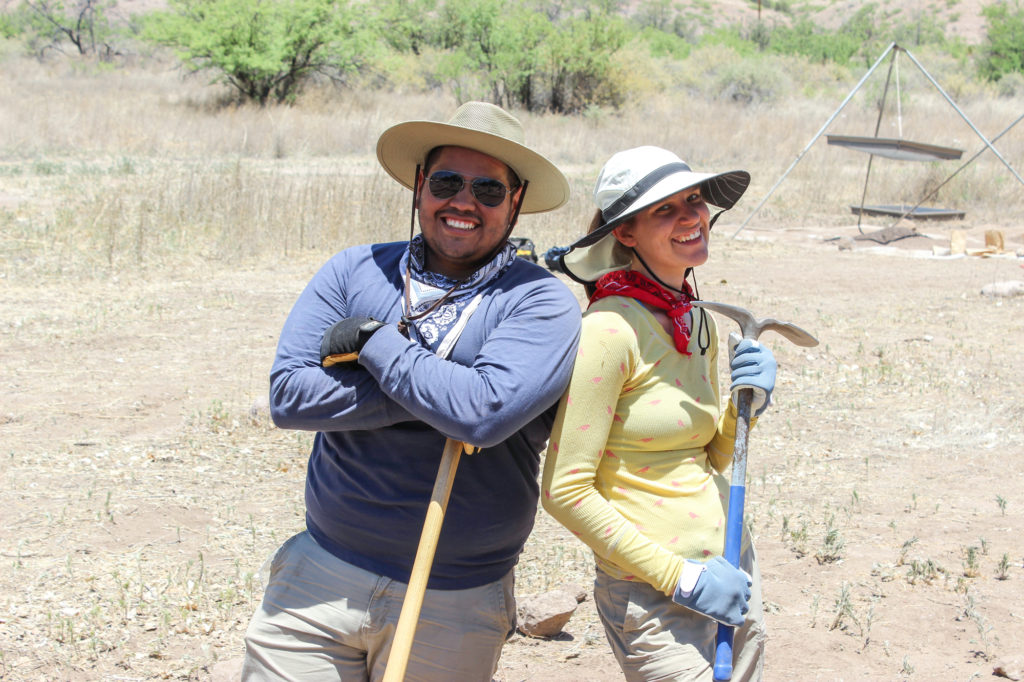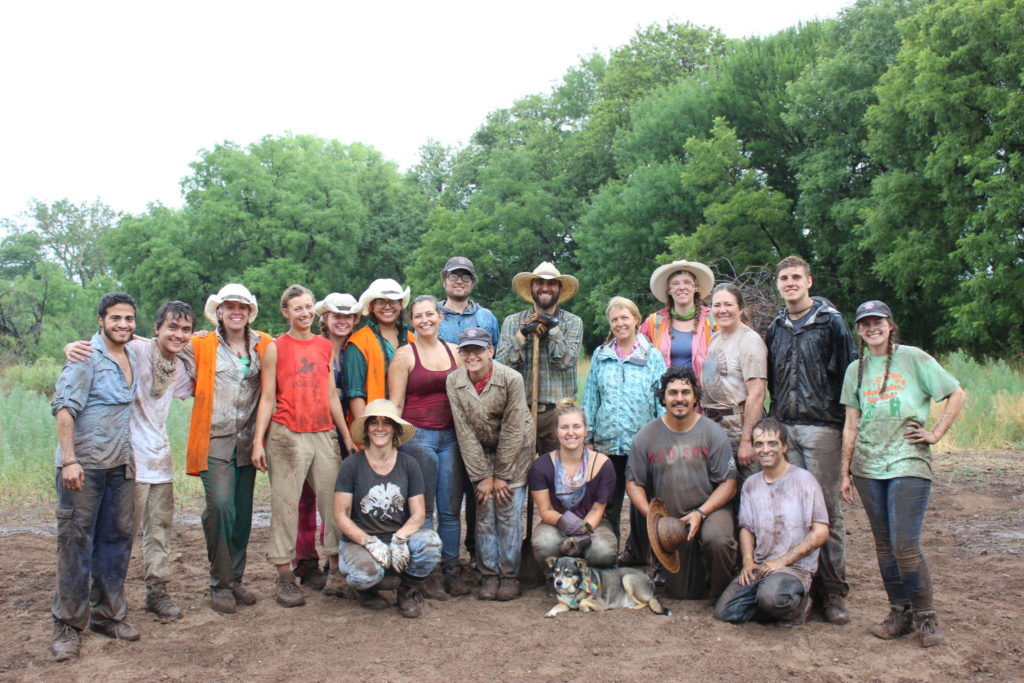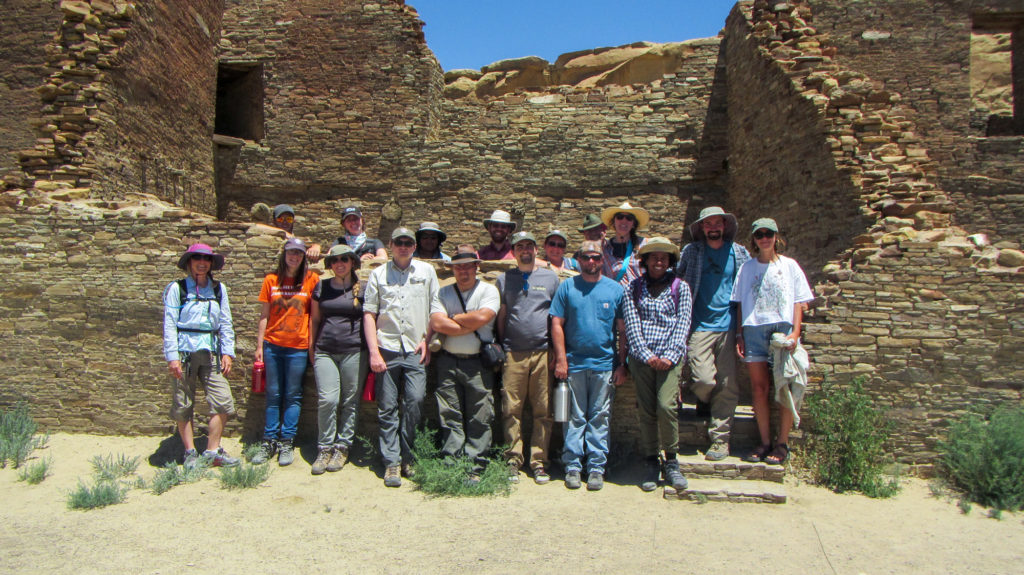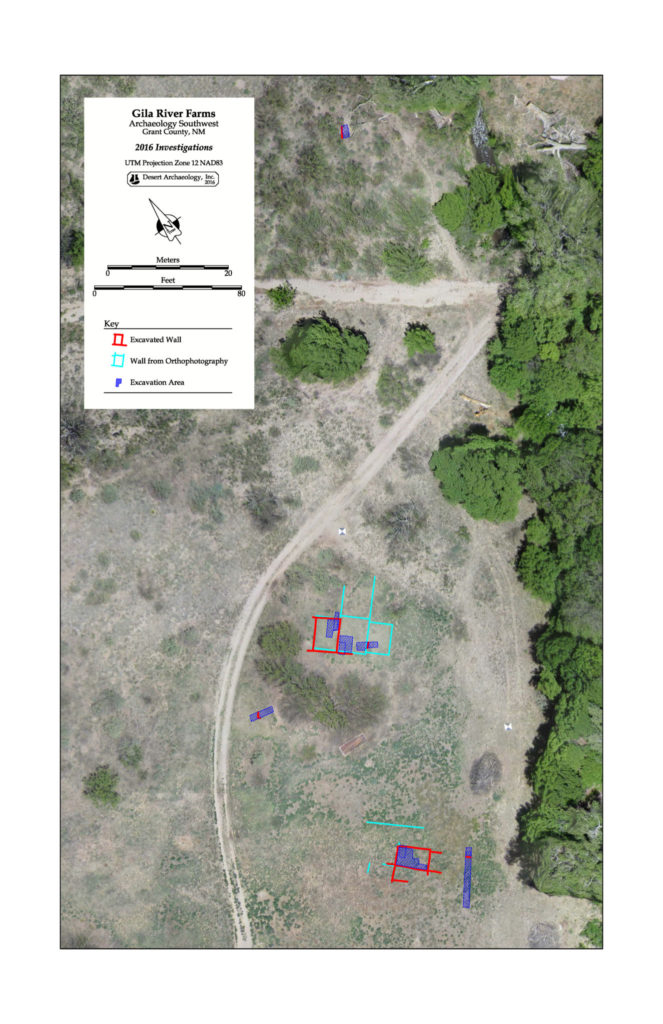- Home
- >
- Uncategorized
- >
- The Students Are Here!

(May 29, 2019)—It’s late May in Tucson, and that means saguaro and ironwood blossoms, rising temperatures, and field school season! Not long ago, Jeff Clark and I received the very happy news that our Upper Gila Preservation Archaeology Field School has been awarded three years of funding from the National Science Foundation’s Research Experiences for Undergraduates (REU) program (Award 1851763).
We are big fans of the NSF REU program, which is focused on supporting undergraduate students’ participation in scientific research projects. This is accomplished in part through NSF stipends to students that help support their attendance. This allows twelve undergraduates every summer to spend six weeks working in the field with us, removing some of the substantial financial barriers associated with taking much of the summer off of work, buying a plane ticket and a tent, and paying for extra summer credit hours. We’re honored to have received funding from this program for the third time, allowing us to continue to attract a diverse group of excellent students each year. We summarized some of these benefits of the REU program in a 2016 blog post.
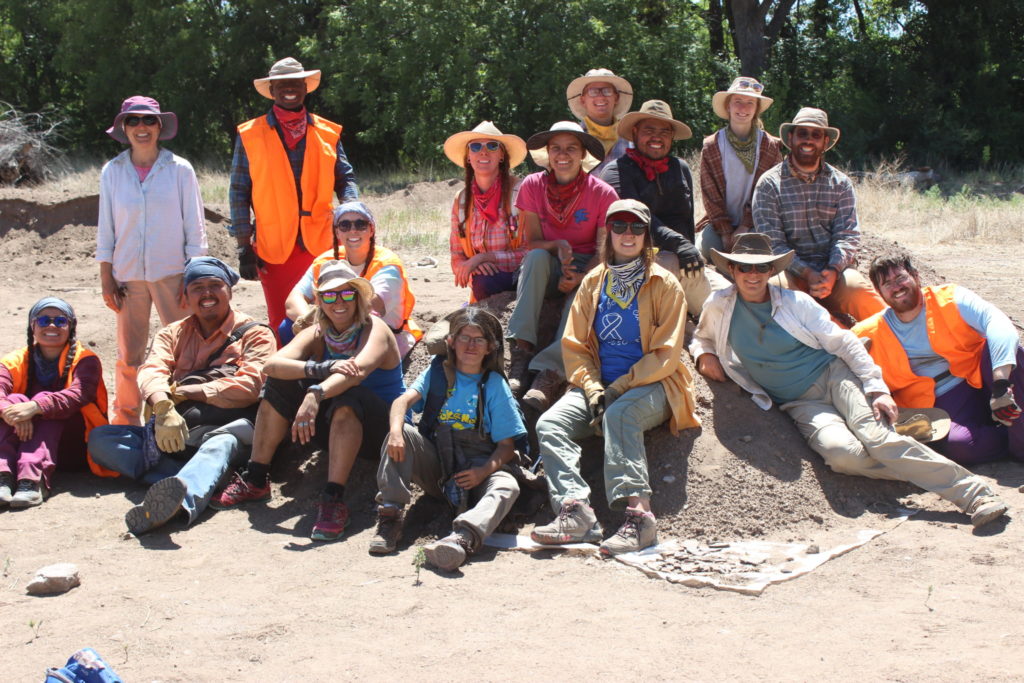
Our last REU award supported 36 undergraduates over three years. Twenty-three REU students were members of historically underrepresented groups in archaeology, 21 were from small or community colleges with limited STEM research opportunities, and four were veterans. REU funding allowed these students from colleges and universities nationwide to become members of our research team and gain experience in archaeological survey, excavation, experimental archaeology, laboratory analysis, and communicating results to professional and public audiences. Well over half our alumni are still active in archaeology, working in government or CRM positions, attending college or graduate school, and publishing research in journals or as professional meeting presentations. We’re very happy to have the opportunity to continue to help support excellent students like them.
This summer, we’ll be returning to the Gila River Farm site where we’ve been working since 2016. Although we’d planned for 2018 to be our last year there, our excavations last summer revealed a large additional section of the main room block no one suspected was there, hidden just below the surface of a plowed field. We also continued to find unusual faunal deposits, important types of pottery such as perforated plates, and burned beams that may provide better dates for the Salado time period. These unexpected findings make a fourth field season at Gila River Farm a high priority for understanding Salado archaeology in the region, and the site is also an excellent setting for demonstrating how much information may be recovered from disturbed contexts, such as plowed and hand-looted deposits.
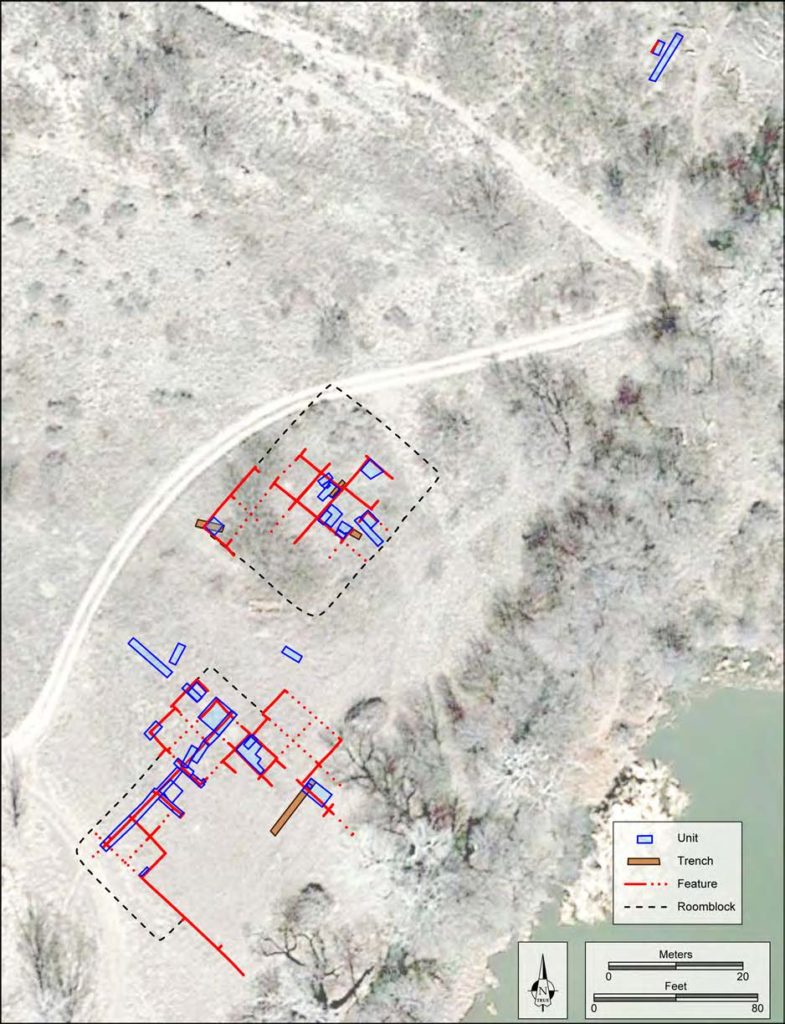
Over the next six weeks, we’ll be featuring blog posts by our students and staff members about all the things we see, learn, and experience together in the field. Our posts will summarize all kinds of archaeological discoveries, from new sites found on survey with Max Forton to building a full-scale replica Salado room with Allen Denoyer. They’ll also chronicle our students’ discovery of an outdoor environment that’s new to many of them, of time far from home and with almost no internet or cell phone service, and of visiting places they’ve read about in classes but now get to experience firsthand.
I always enjoy seeing our students’ discussions of what they’re learning, but I also love seeing something that doesn’t show up quite as well on our blog: the bonds some of our students and staff form during these six weeks. I’ve met my best friends on field school projects like this one. Each year, I’ve seen some of our students make those same kinds of lasting connections that persist even after they disperse back to their different colleges of origin. Years later, I see them sharing rooms at the Society for American Archaeology annual meetings, helping each other through the trauma of graduate school applications, and passing along news about archaeology job opportunities.
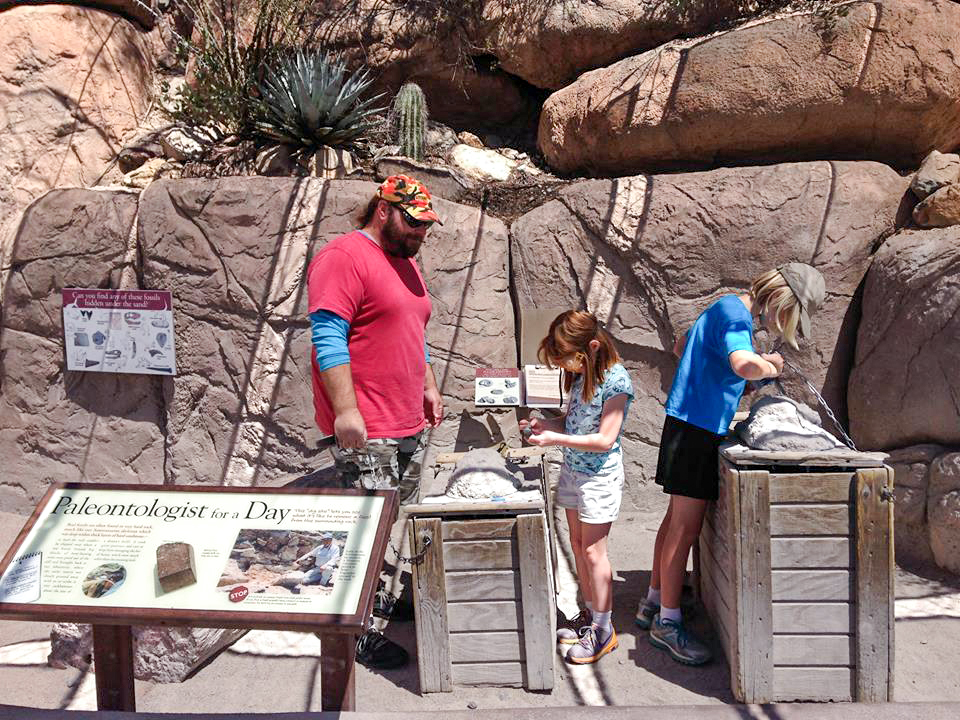
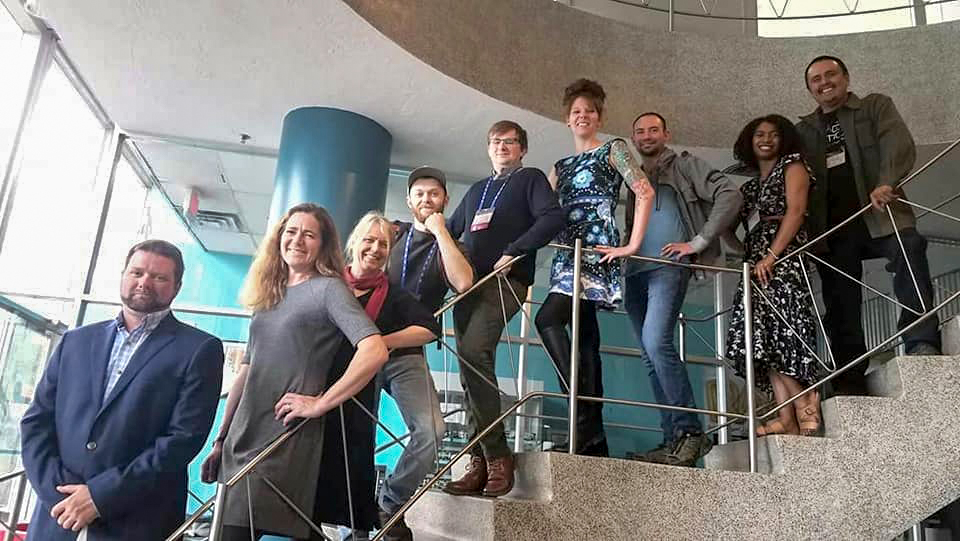
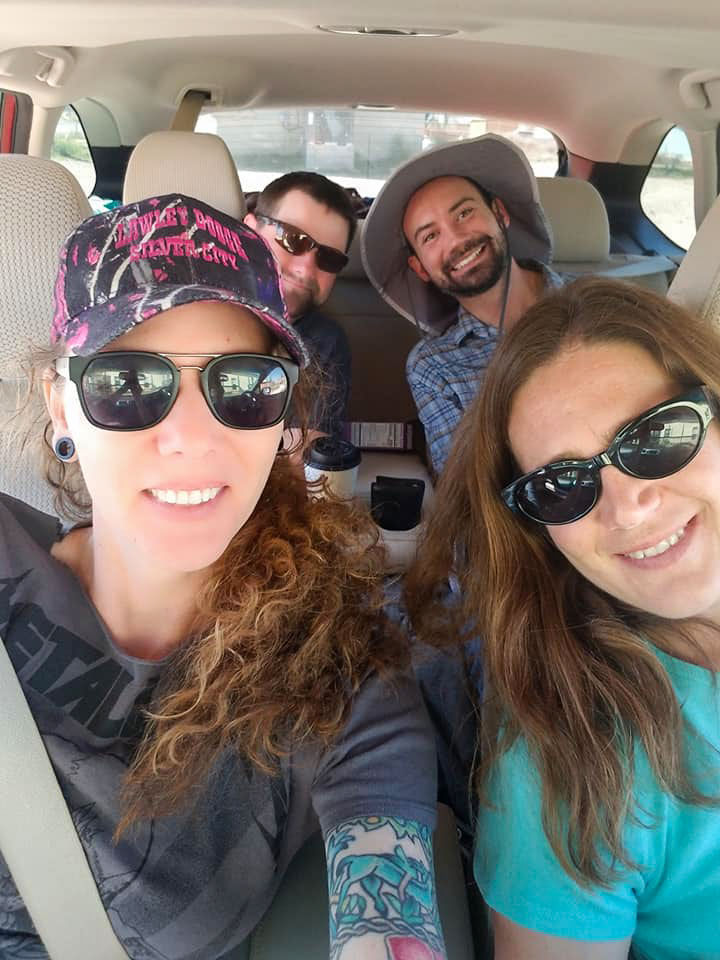
These field school connections might be easy to dismiss under the vague label of “professional networking,” but for some of our students, field school is their first opportunity to spend meaningful time with fellow students and staff members who share their academic interests and goals. Opening doors that let the next generation of archaeologists form lasting bonds with their future colleagues and meet professionals working in archaeological specialties and jobs they never knew existed is just as important as the field and laboratory skills you’ll find listed on our course syllabus. This experience of being completely immersed in a research team is an essential part of what the NSF REU program supports. I couldn’t be happier to be a part of it for another three years.
